The Watchmen’s Song
Tuesday, December 02, 2025 at 7:30PM
St. Philip Presbyterian Church (4807 San Felipe St, Google Maps)
A favorite German chorale, as treated by composers from the 17th through the 20th centuries, provides this program’s through-thread. Philipp Nicolai’s 1599 hymn Wachet auf, ruft uns die Stimme (“Zion Hears the Watchmen Singing”), which traditionally hails the arrival of the Advent season, takes as its basis the Parable of the Ten Virgins, which reminds believers to prepare for the Lord’s arrival or suffer the consequences. Around multiple iterations of Wachet auf—including pieces for diverse forces by Franz Tunder, Dietrich Buxtehude, J. S. Bach, and Hugo Distler—this program includes other seasonal music for voices and instruments by the German Baroque masters Heinrich Schütz and Nicolaus Bruhns.
Featured artists:
Erica Schuller, soprano
Michael Skarke, alto
Thomas O’Neill, tenor
Tzvi Bat Asherah, bass
Matthew Dirst, organ
This program comprises approximately 70 minutes of music without intermission.
Explore the full 2025/26 season here.
-
Responding to a query from his disciples about what to expect in the next world, Jesus told several stories, one of which is commonly known as the Parable of the Wise and Foolish Virgins (Matthew 25:1-13). Anticipating a festive wedding, ten unmarried women go out with their lamps to meet the impending bridegroom. Five of these women bring extra oil for their torches; the other five do not. At midnight the women hear news of the bridegroom’s long-delayed arrival. Because extra oil proves necessary, the five wise virgins proceed directly to the wedding. The other five are effectively shut out, having gone to purchase more oil in the middle of the night, when all the shops were closed.
Jesus’s allegory ends with a stern admonishment: “to watch therefore, for you know neither the day nor the hour of the Lord’s coming.” Like the Book of Revelation, this passage of scripture encourages believers to prepare for the Day of Judgement (or the Second Coming), for which spiritual readiness is essential. As such, it has long been part of the Christian lectionary for the transition from the old church year into the new, as the long post-Pentecost season turns to Advent.
Among the many artistic responses to this parable is a 1599 chorale by Philipp Nicolai, Wachet auf, ruft uns die Stimme (“Wake up, and Hear the Voices”). This text and tune, still popular in many Christian traditions (see the St. Philip pew hymnal Glory to God, No. 349), has inspired composers from the 17th century to our own day. From that repertoire this program offers works by Franz Tunder, Dietrich Buxtehude, J. S. Bach, and Hugo Distler, all based on this “king of chorales.” Around those chorale-based works are additional seasonal pieces for voices and instruments by the German Baroque masters Heinrich Schütz and Nicolaus Bruhns.
Surely the most familiar setting of Wachet auf is a beloved trio that originated in Bach’s church cantata by the same name (BWV 140), where it is scored for violin, tenor, and continuo. As he often did, Bach provided a compositional frame for the chorale with a memorable instrumental ritornello whose melody dominates the texture throughout. His own transcription for organ solo, as heard at the top of tonight’s program, appeared in a collection of six such works published in 1748 by Johann Georg Schübler. An excerpt from Bach’s Christmas Oratorio follows a similar compositional procedure, with violins introducing a graceful idea that is taken up and developed by an alto soloist in “Bereite dich, Zion” (“Prepare, O Zion”).
Following the Bach prelude on this program is a vocal setting of the same chorale from the North German organist Franz Tunder. Predecessor to Dietrich Buxtehude at Lübeck’s Marienkirche, Tunder began in 1646 the Abendmusik series that brought his successor great fame—enough to entice the young Sebastian Bach into a long journey to hear the exotic musical offerings Buxtehude provided during the Advent season. Tunder’s Wachet auf assigns the chorale tune to a solo soprano above accompanying strings, while the more contrapuntally conceived Buxtehude work (in penultimate position on this program) is scored for three voices, two violins, and continuo.
Nicolaus Bruhns studied with Buxtehude in Lübeck before landing positions in Copenhagen and Husum, where he gained considerable renown as an organist and violinist. His surviving works, though not numerous, suggest a major talent whose career was cut short by an early death. His solo cantata Mein Herz ist bereit, whose Psalm text likewise urges us to awake and exalt God, is a tour-de-force for both the bass soloist and the violinist.
Heinrich Schütz, the greatest German composer of the 17th century, provided the crucial link between the newly flamboyant Italian style and the Northern contrapuntal tradition. As court composer to the Elector of Saxony in Dresden, he composed sacred music on German and Latin texts regularly. His sacred motets Cantabo Domino and Exultavit cor meum, both set to texts from the Old Testament, feature a single voice that weaves artfully around perky interjections from two violins, with continuo support below.
In early 1931 Hugo Distler became organist of the Jakobikirche in Lübeck. He wrote most of his organ music for the two instruments in that venerable Gothic church, especially the smaller of the two instruments, the famed Stellwagen organ whose origins date from the 15th century. This was not the first historic organ to make an impression on the young Distler; his neo-Baroque compositional aesthetic owes much to his lifelong fascination with such instruments. Four years into his Lübeck tenure, he composed an organ partita on Wachet auf, ruft uns die Stimme. Considered by many his finest work for the organ, this set of variations exemplifies Distler’s compositional aesthetic in its intricate yet dancelike counterpoint, rhythmic vitality, and fidelity to Nicolai’s chorale tune. In figuration as well as general mood, its three movements illustrate the distinct messages of the chorale’s three verses, which bid us (in order) to wake up, listen carefully, and rejoice.
© Matthew Dirst








